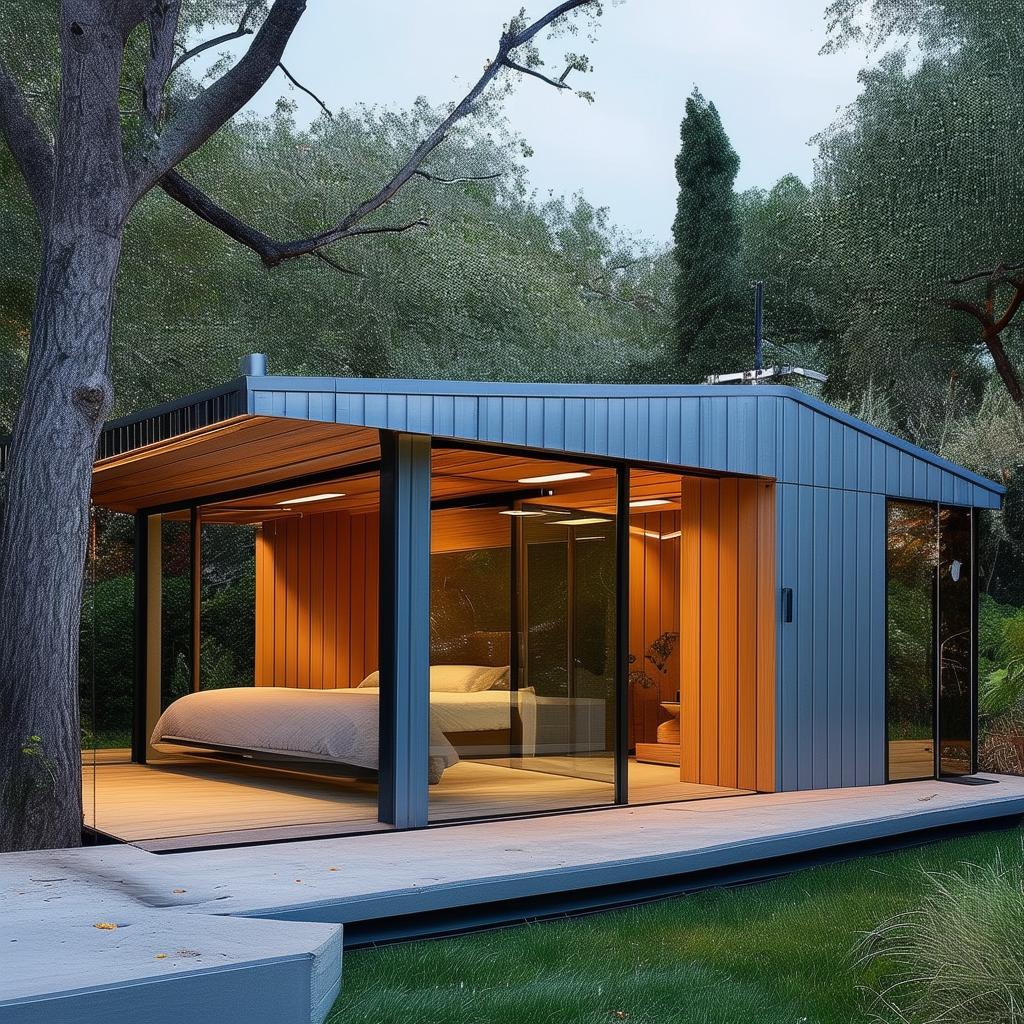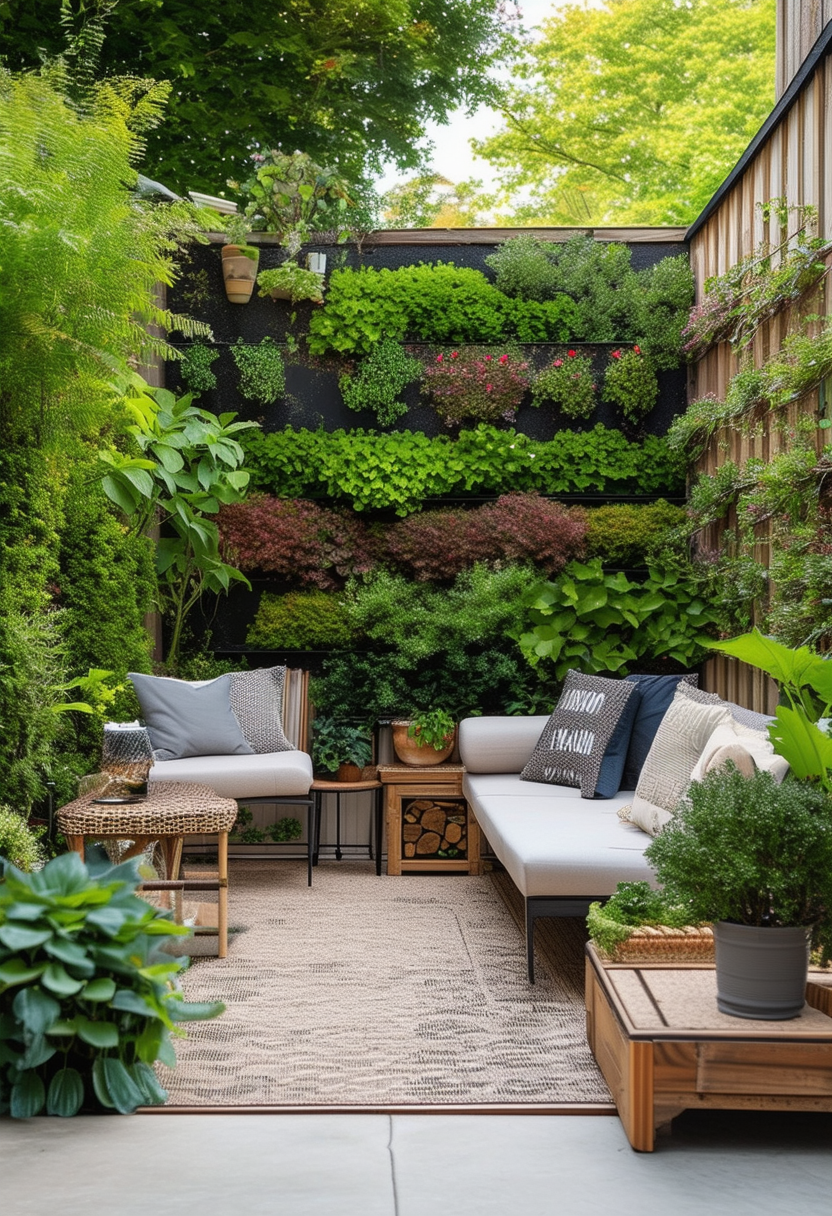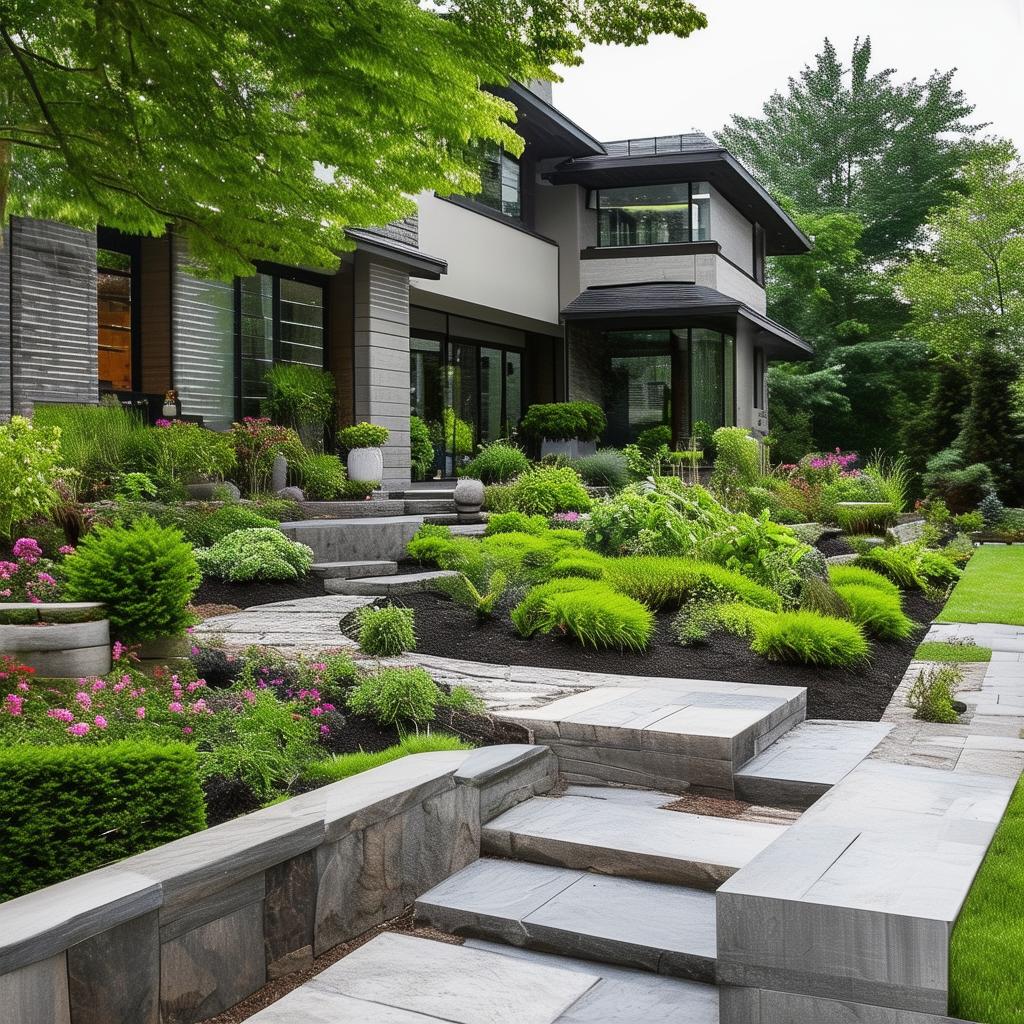Sheds have come a long way from their humble origins as basic structures for storage and utility. In today’s design world, contemporary shed architecture has evolved into a dynamic and innovative movement that pushes the boundaries of traditional building norms. From minimalist micro dwellings to sleek backyard studios, the evolution of shed architecture reflects a growing interest in sustainable, compact living spaces. This article will delve into the fascinating journey of how sheds have transformed into modern architectural gems, blending form and function in exciting new ways.
Table of Contents
- Origins of Shed Architecture
- Influential Architects in Contemporary Shed Design
- Key Features of Shed Architecture
- Materials and Construction Techniques in Shed Design
- Sustainable Practices in Modern Shed Architecture
- Integration of Shed Structures with Landscape
- The Role of Natural Light in Shed Architecture
- Innovations and Trends in Contemporary Shed Design
- Challenges and Solutions in Shed Architecture
- Practical Considerations for Building a Shed
- Future Directions in Shed Architecture
- Q&A
Origins of Shed Architecture
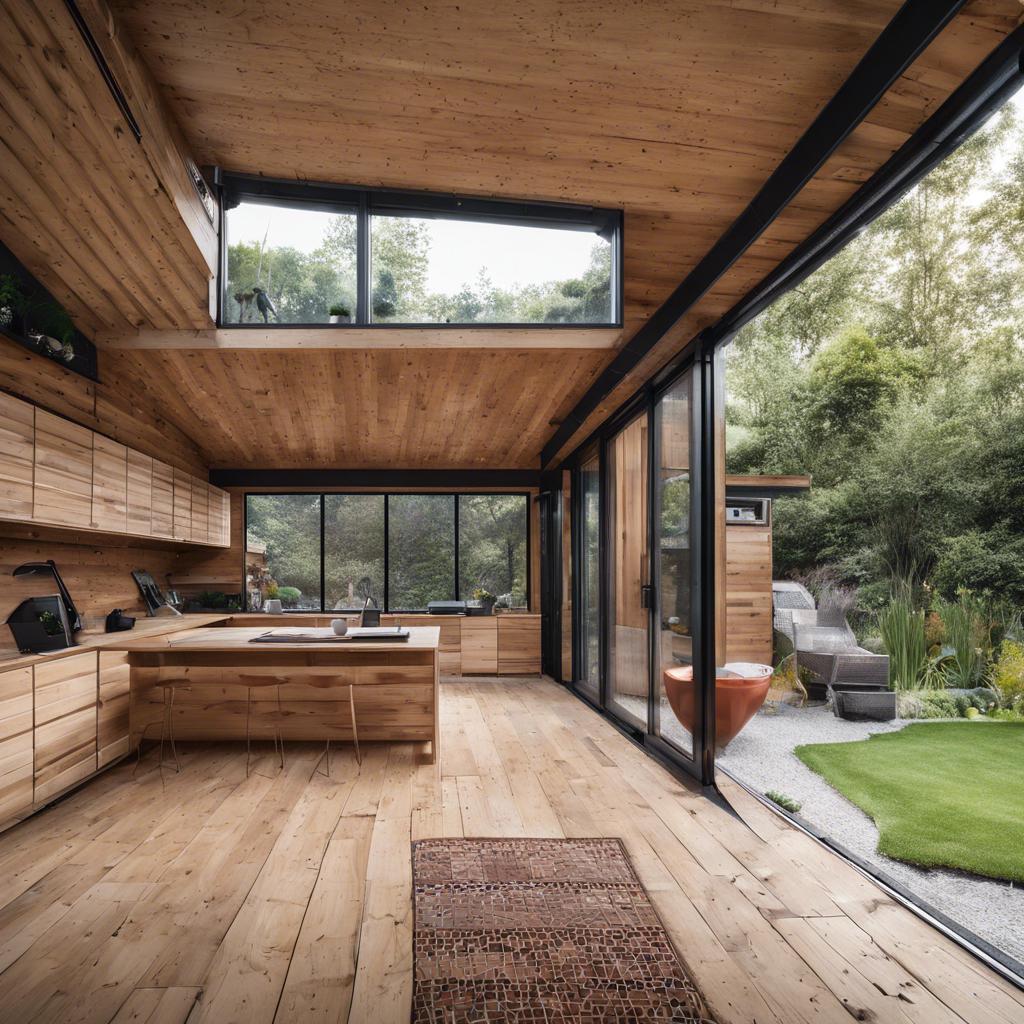
Shed architecture has seen a remarkable evolution over the years, moving from simple storage structures to sleek and contemporary designs that blur the lines between indoor and outdoor spaces. The can be traced back to the humble beginnings of agricultural sheds and barns that were built to house tools, equipment, and livestock.
As time progressed, architects began to see the potential of these simple structures and started experimenting with new materials and designs. This shift led to the emergence of contemporary shed architecture, characterized by minimalist aesthetics, open floor plans, and a focus on natural light and ventilation. The evolution of shed architecture reflects a growing interest in sustainable and eco-friendly building practices.
One of the key elements that sets contemporary shed architecture apart is its emphasis on a seamless connection between the interior and exterior spaces. Large windows, sliding doors, and outdoor living areas bring the surrounding landscape into the home, creating a harmonious blend of nature and architecture. This innovative approach to design has reshaped the way we think about traditional sheds, transforming them into modern living spaces that prioritize both functionality and style.
Influential Architects in Contemporary Shed Design
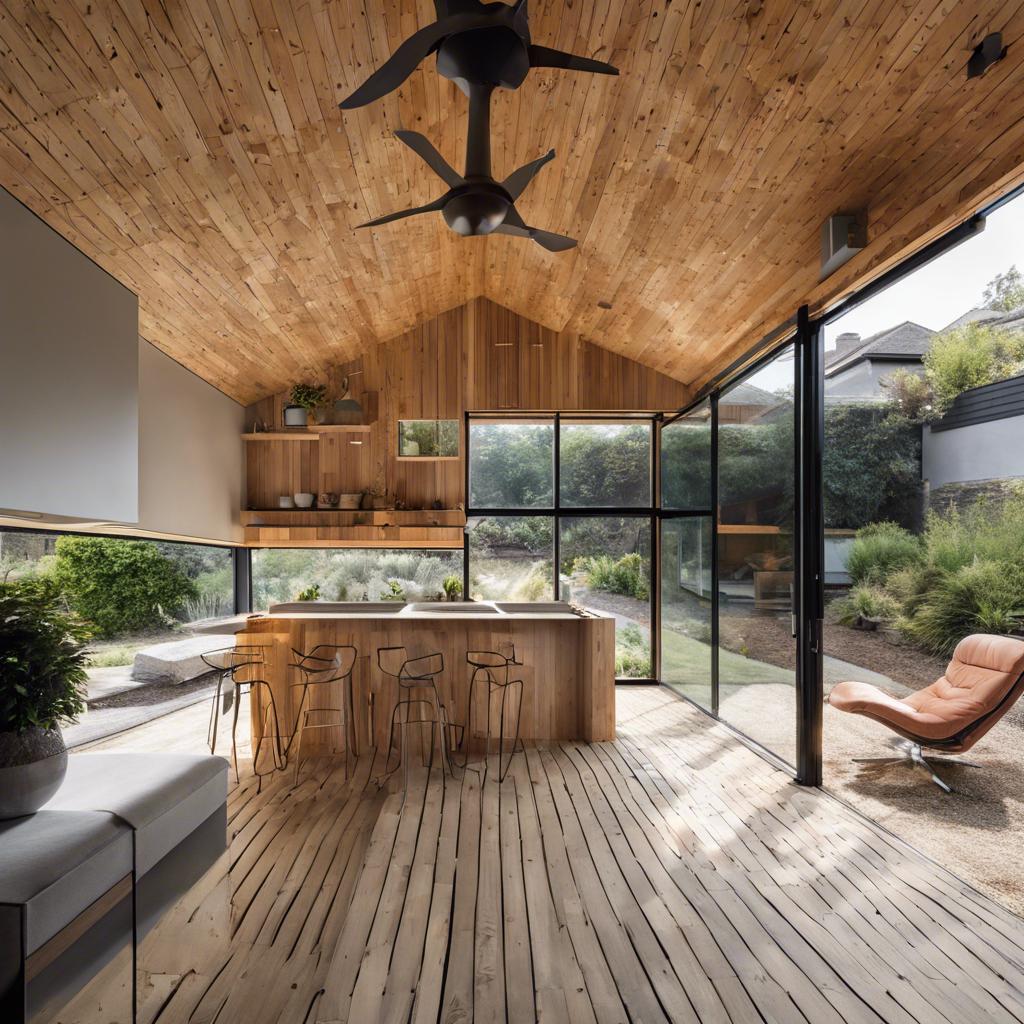
When it comes to contemporary shed design, there are several architects making a significant impact in the industry. One of these influential figures is Frank Lloyd Wright, known for his innovative approach to blending nature and architecture. His use of organic materials and integration of the surrounding environment into his designs have served as inspiration for many contemporary shed architects.
Another architect shaping the landscape of contemporary shed design is Zaha Hadid. Her bold and futuristic designs push the boundaries of traditional architecture, bringing a new level of sophistication to the industry. Hadid’s use of unique shapes and cutting-edge technology sets her work apart and serves as a source of inspiration for aspiring shed designers.
One architect who has gained recognition for his sustainable approach to shed design is Tom Kundig. Known for his use of recycled materials and energy-efficient design principles, Kundig’s work highlights the importance of environmental consciousness in architecture. His innovative designs not only look stunning but also reflect a commitment to sustainability in the modern age.
Key Features of Shed Architecture
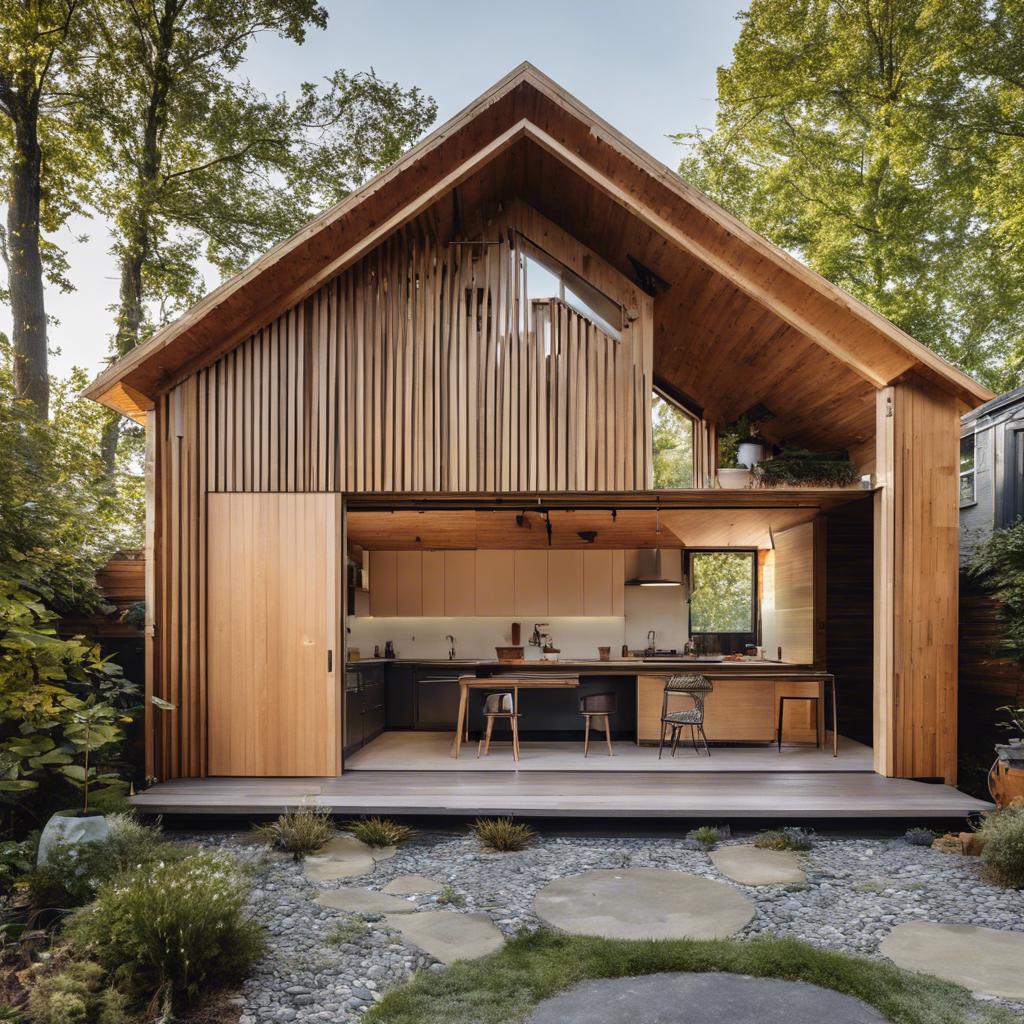
Shed architecture has come a long way since its humble beginnings as a simple structure used for storage. Today, contemporary shed architecture has evolved into a sophisticated and versatile design style that is favored by architects and homeowners alike. One key feature of shed architecture is its clean, minimalist aesthetic that emphasizes simplicity and functionality.
Another important aspect of shed architecture is its focus on natural light and ventilation. Shed roofs are designed to allow for ample natural light to enter the space, creating a bright and airy atmosphere. This not only reduces the need for artificial lighting but also enhances the overall ambiance of the structure. Additionally, shed architecture often incorporates large windows and doors that can be opened to promote cross ventilation, providing a comfortable and energy-efficient living environment.
Moreover, shed architecture is known for its flexibility and adaptability. Whether used as a small backyard office, a guest house, or a primary residence, shed structures can be easily customized to suit the unique needs and preferences of the occupants. With a variety of materials and finishes available, shed architecture offers endless possibilities for creating a personalized and distinctive living space.
Materials and Construction Techniques in Shed Design
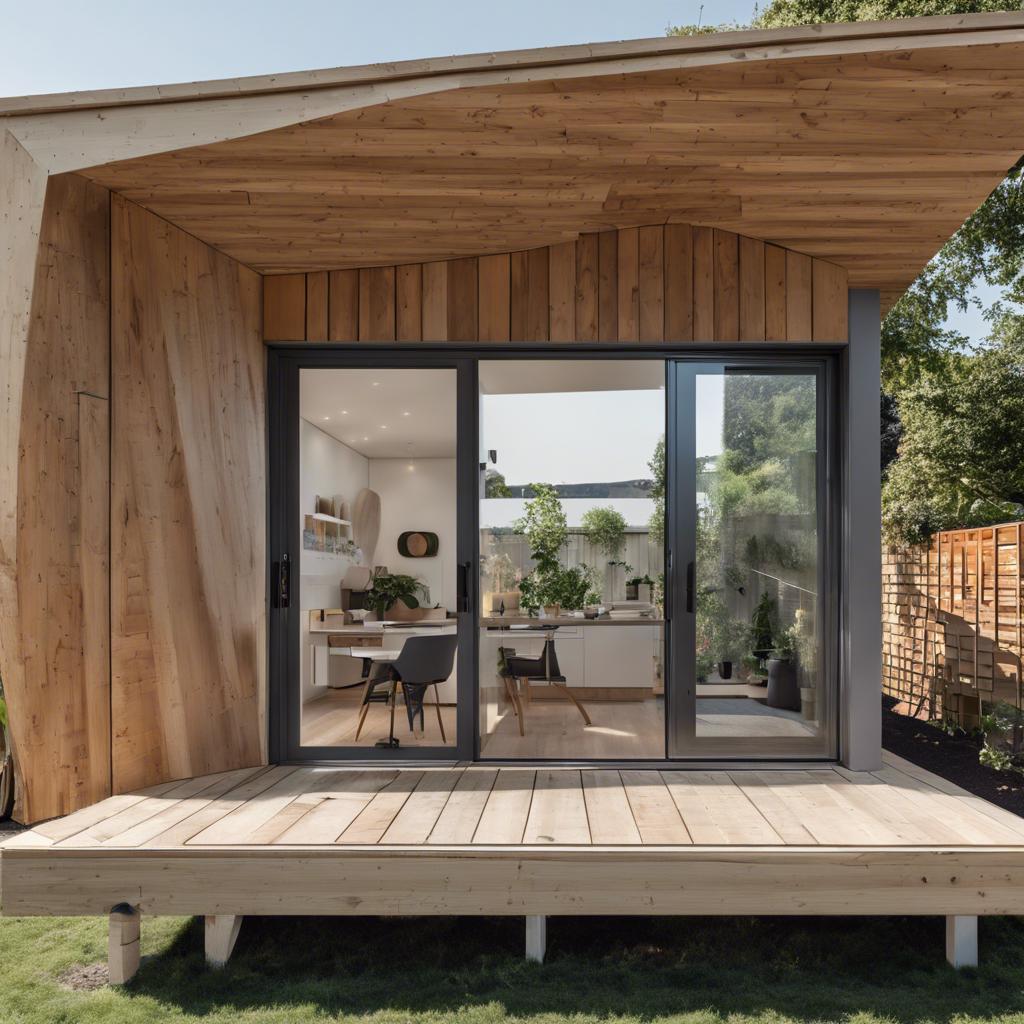
Contemporary shed architecture has come a long way in terms of materials and construction techniques. With advancements in technology and a shift towards sustainable design, designers are now able to create sheds that are not only functional but also aesthetically pleasing.
One of the key materials used in contemporary shed design is **steel**. Steel is known for its strength and durability, making it an excellent choice for sheds that need to withstand the elements. Additionally, steel can be easily manipulated into different shapes and sizes, allowing for more flexibility in design.
Another common material used in shed construction is **wood**. Wood adds a warm and natural element to shed design, making it a popular choice for those looking for a more organic look. Additionally, wood is a renewable resource, making it a sustainable option for environmentally conscious builders.
Sustainable Practices in Modern Shed Architecture
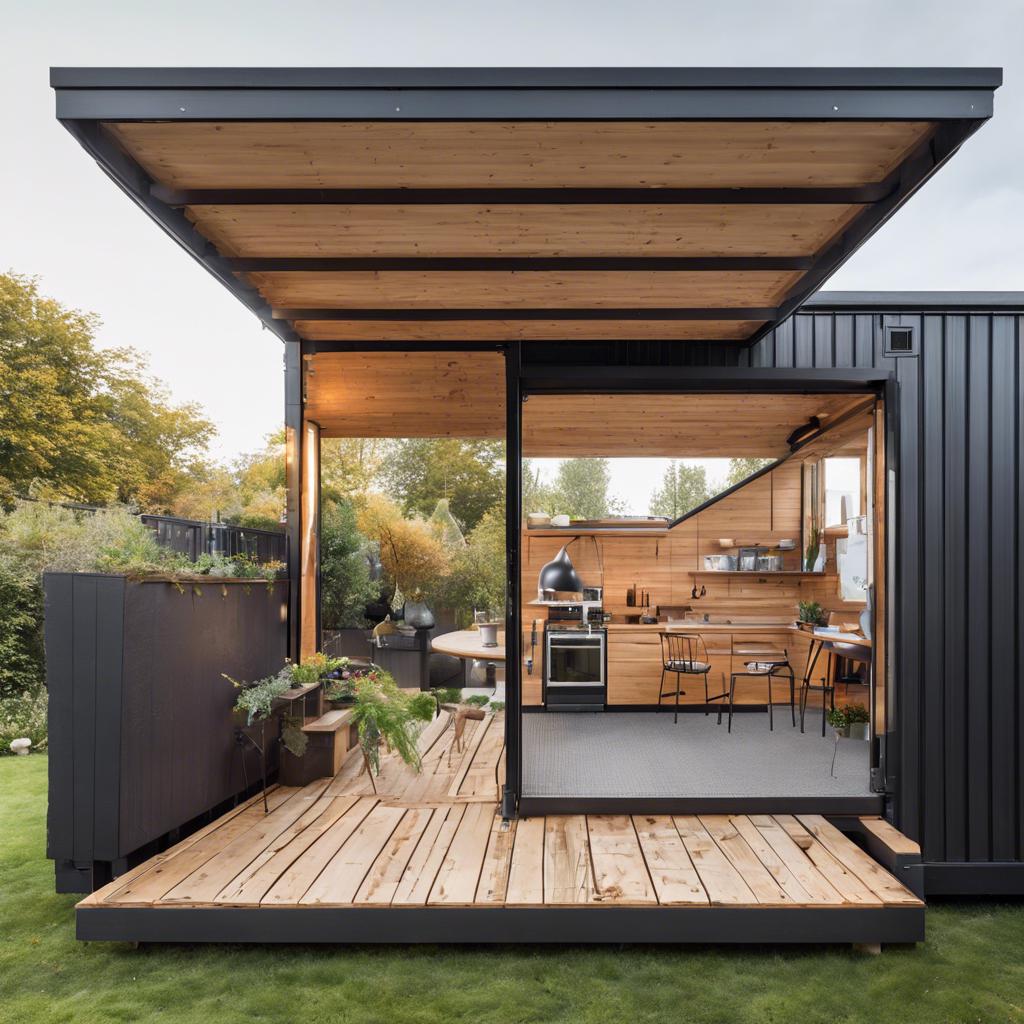
When it comes to designing modern shed architecture, sustainability is at the forefront of innovation. With the growing concern for environmental impact and the need to conserve resources, architects are incorporating eco-friendly practices into their designs. Utilizing sustainable materials, energy-efficient solutions, and incorporating green spaces are now becoming standard in contemporary shed architecture.
One of the key elements in sustainable shed architecture is the use of recycled and reclaimed materials. Repurposing items such as wood, metal, and glass not only reduces waste but also adds a unique aesthetic to the design. By incorporating these materials, architects are able to create structures that are not only environmentally friendly but also visually appealing.
In addition to using recycled materials, modern shed architecture also focuses on energy efficiency. This includes incorporating renewable energy sources such as solar panels, utilizing natural light and ventilation, and implementing insulation techniques to reduce energy consumption. By incorporating these practices, architects are able to create structures that are not only sustainable but also cost-effective in the long run.
Integration of Shed Structures with Landscape
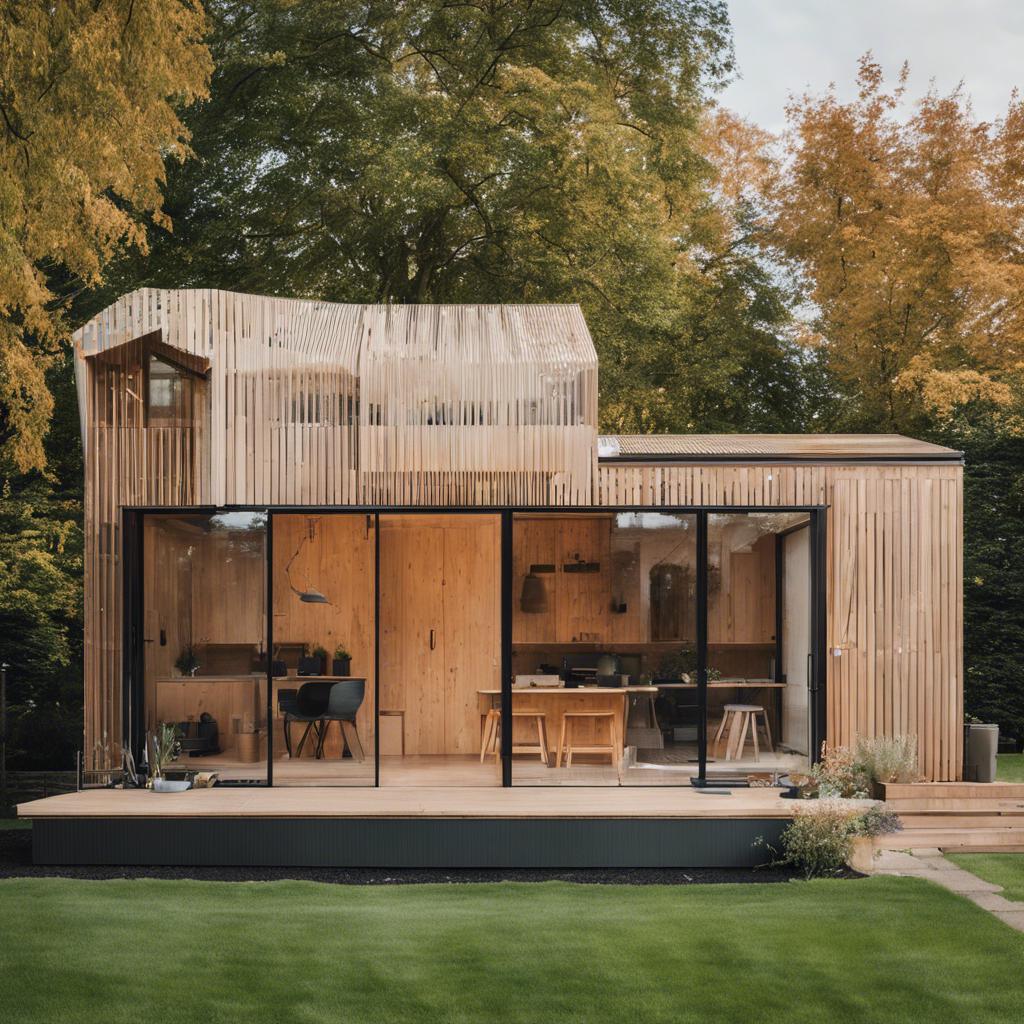
Contemporary shed architecture has evolved to seamlessly integrate with the surrounding landscape, blurring the lines between indoor and outdoor spaces. Utilizing natural materials such as wood and stone, modern shed structures are designed to complement their environment while providing functional, stylish spaces for living and working.
One of the key elements in the integration of shed structures with the landscape is the use of large windows and sliding glass doors that provide expansive views of the outdoors. This allows natural light to flood the interior space, creating a sense of connection with nature. Additionally, incorporating outdoor living areas such as patios and gardens enhances the overall experience of living in a shed structure.
Designers and architects are embracing sustainable building practices in the construction of contemporary shed structures, utilizing green roofs, rainwater harvesting systems, and passive solar design principles. By harmonizing with the natural surroundings and minimizing environmental impact, these integrated shed structures not only serve as functional spaces but also contribute to the overall well-being of the environment.
The Role of Natural Light in Shed Architecture
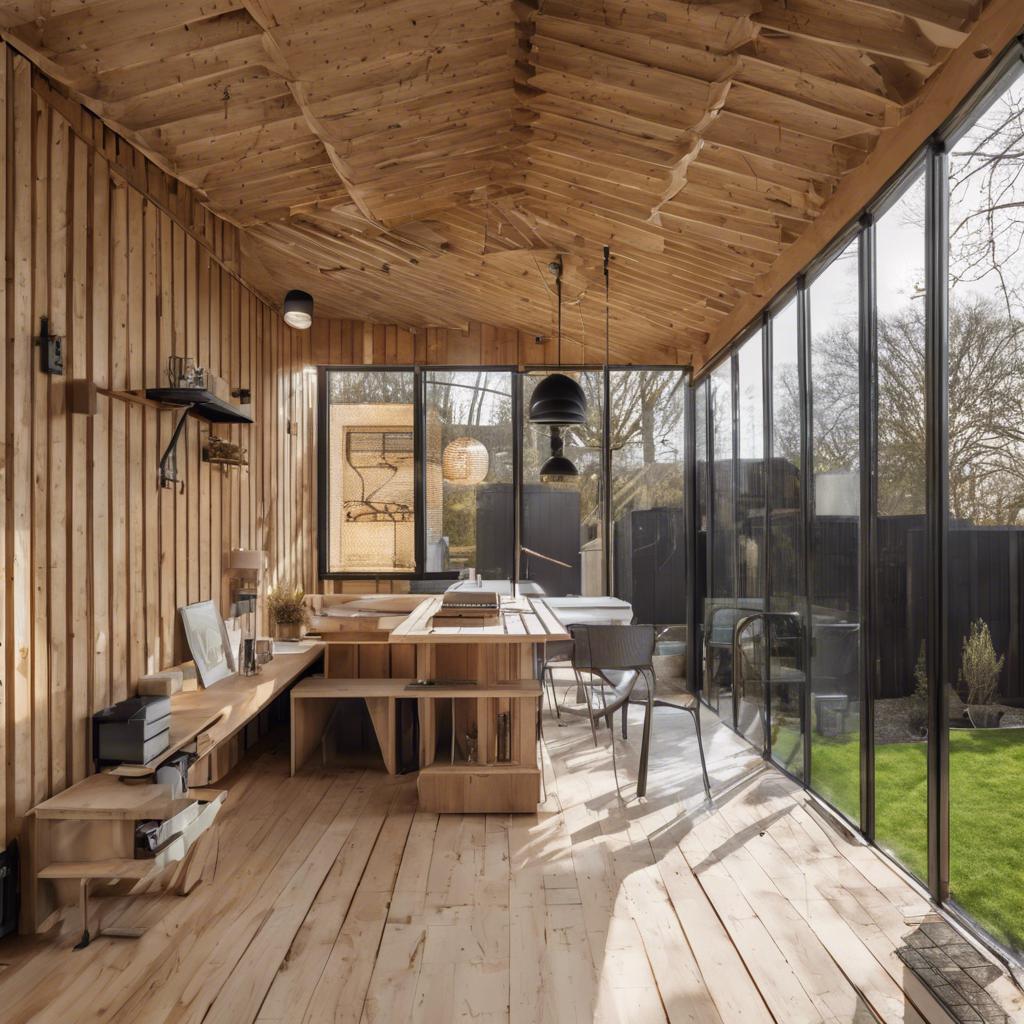
When it comes to shed architecture, the role of natural light cannot be understated. Natural light is a crucial element in creating a space that is both functional and aesthetically pleasing. In contemporary shed architecture, the use of natural light has evolved to become a defining feature of the design.
One of the key ways in which natural light is incorporated into shed architecture is through the use of large windows and skylights. These features allow for ample natural light to fill the space, creating a bright and airy atmosphere. Additionally, strategically placed windows can help to frame views of the surrounding landscape, blurring the boundaries between indoor and outdoor spaces.
Another important aspect of incorporating natural light into shed architecture is the use of reflective surfaces. Materials such as glass, polished concrete, and metal can help to bounce natural light around the space, effectively increasing the amount of light that enters the shed. This not only reduces the need for artificial lighting but also creates a dynamic and visually stunning environment.
Innovations and Trends in Contemporary Shed Design
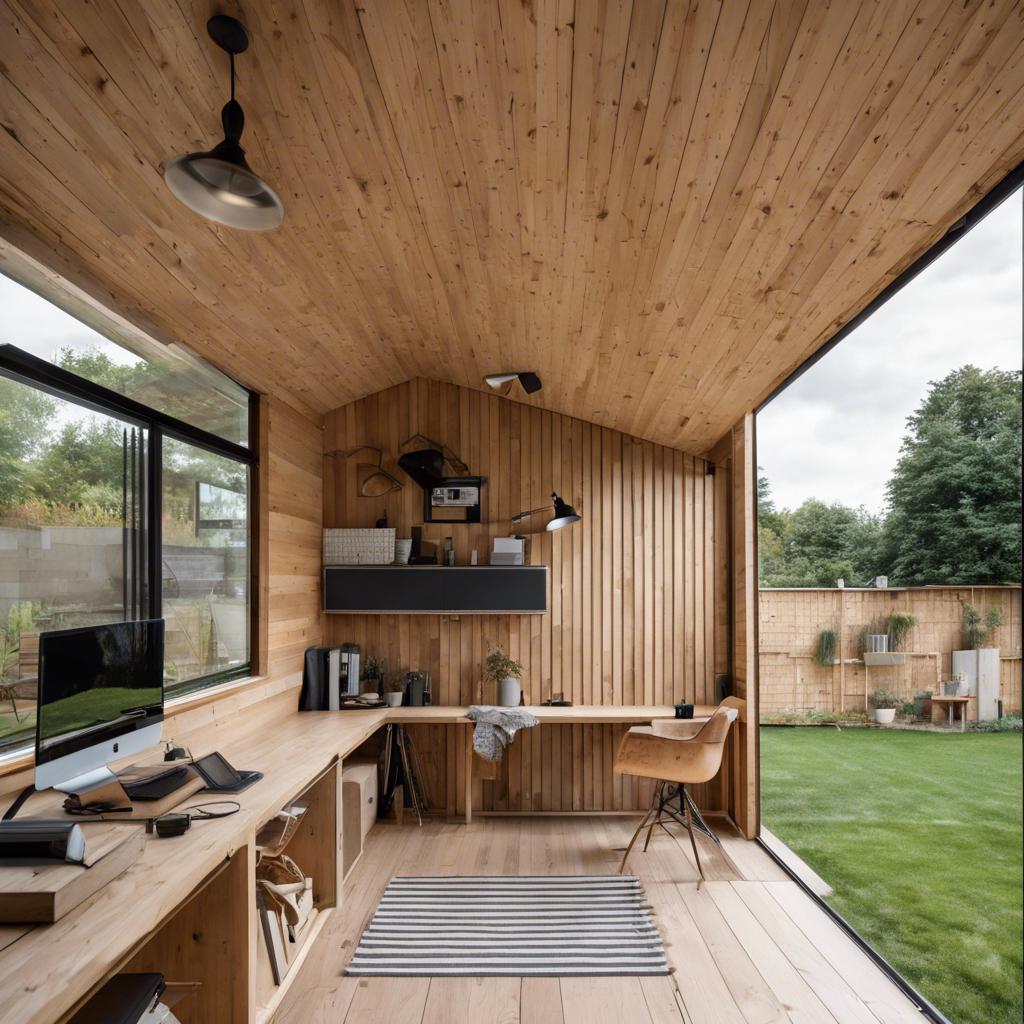
One of the most exciting aspects of contemporary shed design is the integration of sustainable materials and green technologies. These sheds are not only aesthetically pleasing but also environmentally friendly. By using materials such as reclaimed wood, recycled metal, and eco-friendly insulation, architects are able to reduce the carbon footprint of these structures. In addition, many contemporary sheds incorporate features such as solar panels, rainwater harvesting systems, and passive heating and cooling techniques to further enhance their sustainability.
Another trend in contemporary shed design is the emphasis on maximizing space and functionality. Architects are coming up with innovative layouts and storage solutions to make the most of limited square footage. From fold-down workbenches and wall-mounted storage units to multi-purpose furniture and built-in shelving, these sheds are designed to be versatile and efficient. This focus on functionality ensures that even the smallest sheds can serve multiple purposes, whether as a home office, art studio, or guest suite.
One of the most striking innovations in contemporary shed design is the use of unconventional shapes and materials. Architects are pushing the boundaries of traditional shed architecture by experimenting with asymmetrical silhouettes, bold colors, and unexpected materials such as corrugated metal, glass, and concrete. These avant-garde designs challenge the notion of what a shed can be, transforming these humble structures into works of art that stand out in any landscape.
Challenges and Solutions in Shed Architecture
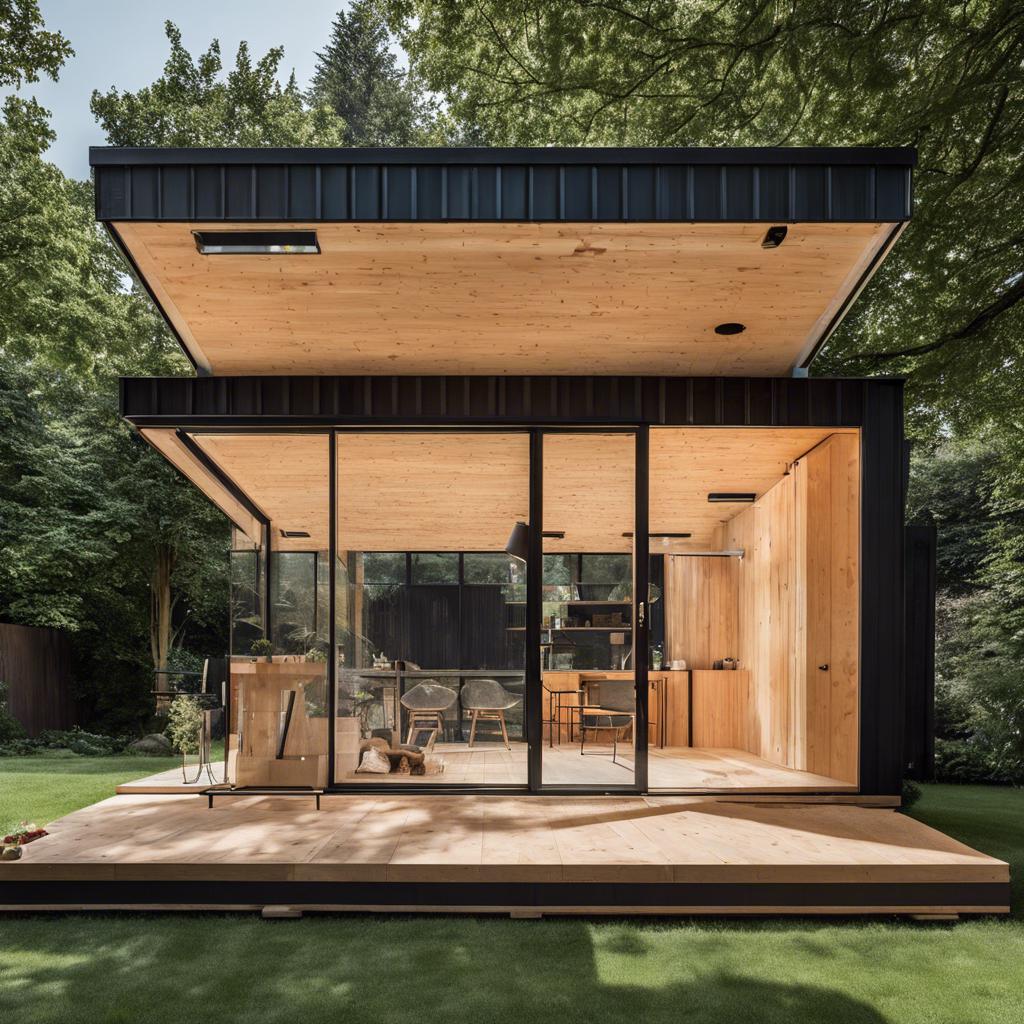
One of the main challenges in shed architecture is maximizing space while maintaining functionality. With the increasing trend of downsizing and minimalism, architects are constantly faced with the challenge of creating innovative solutions to make the most out of small spaces. This can include incorporating multi-functional furniture, utilizing vertical space, and cleverly designing storage solutions.
Another challenge in shed architecture is creating a harmonious blend between the indoor and outdoor spaces. Shed designs often focus on bringing nature into the living environment, which can be a challenge to achieve without compromising privacy or security. Architects have to carefully consider the placement of windows, doors, and outdoor living areas to maintain a seamless connection between the interior and exterior of the shed.
One solution to these challenges is the use of sustainable materials and construction techniques. By incorporating eco-friendly materials such as reclaimed wood, recycled steel, and energy-efficient systems, architects can minimize the environmental impact of shed architecture. Additionally, implementing passive heating and cooling strategies, such as proper insulation and natural ventilation, can help reduce energy consumption and create a more comfortable living space.
Practical Considerations for Building a Shed
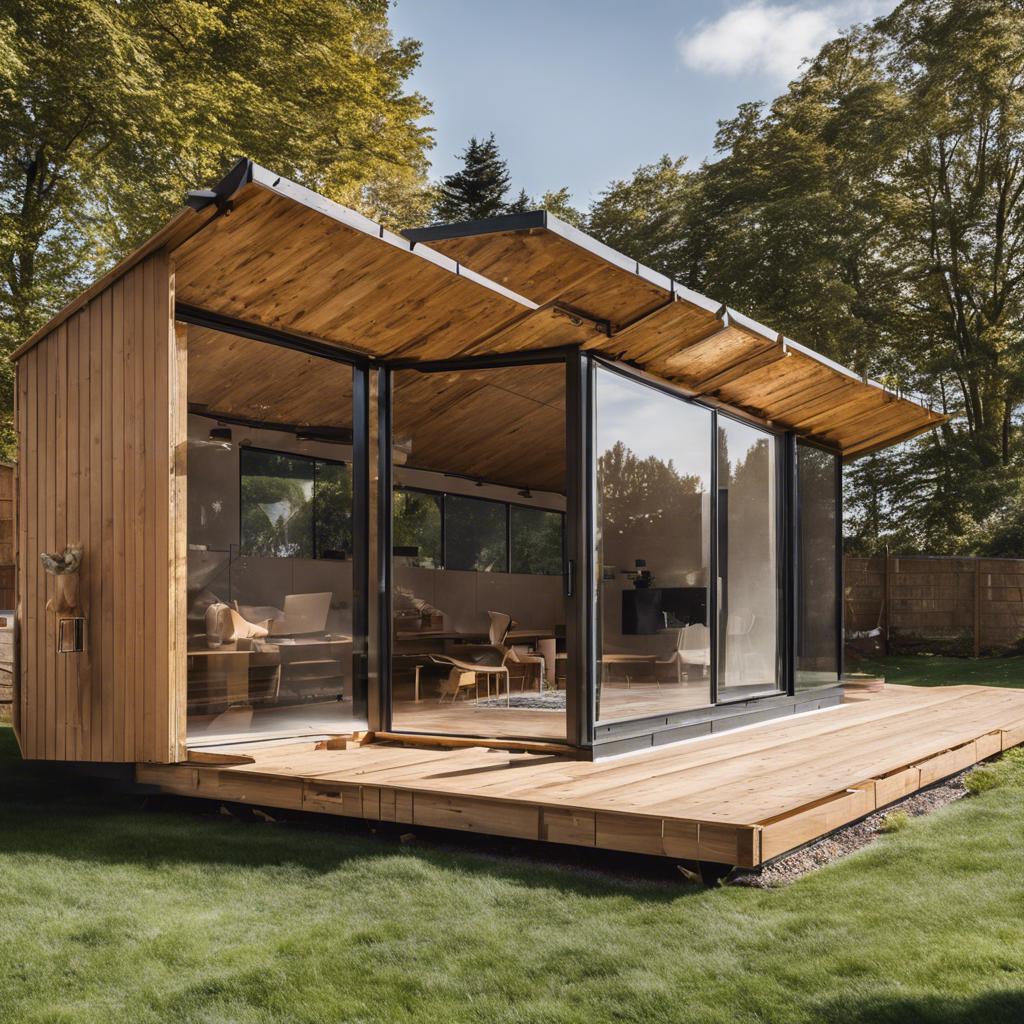
In the world of contemporary shed architecture, there are a multitude of practical considerations to keep in mind when building your own backyard retreat. One important factor to consider is the materials used in construction. Opting for durable and weather-resistant materials such as cedar or metal can ensure your shed stands the test of time against the elements. Additionally, choosing materials that complement the overall aesthetic of your home and landscape can enhance the overall design of your shed.
Another consideration when building a shed is the size and layout of the structure. Determining the purpose of your shed, whether it be for storage, a workspace, or a relaxing retreat, can help dictate how much space you will need and how the interior should be organized. Creating a floor plan that maximizes functionality and flow is essential for a well-designed shed. Incorporating features such as shelving, workbenches, and windows can help optimize the space for its intended use.
Lastly, don’t forget about the practicalities of permits and regulations when constructing a shed. Depending on your location, there may be specific building codes and zoning requirements that must be adhered to. Consulting with local authorities and obtaining the necessary permits can save you time and hassle down the road. By addressing these practical considerations with care and attention to detail, you can create a contemporary shed that not only enhances your outdoor space but also serves as a functional and stylish addition to your home.
Future Directions in Shed Architecture
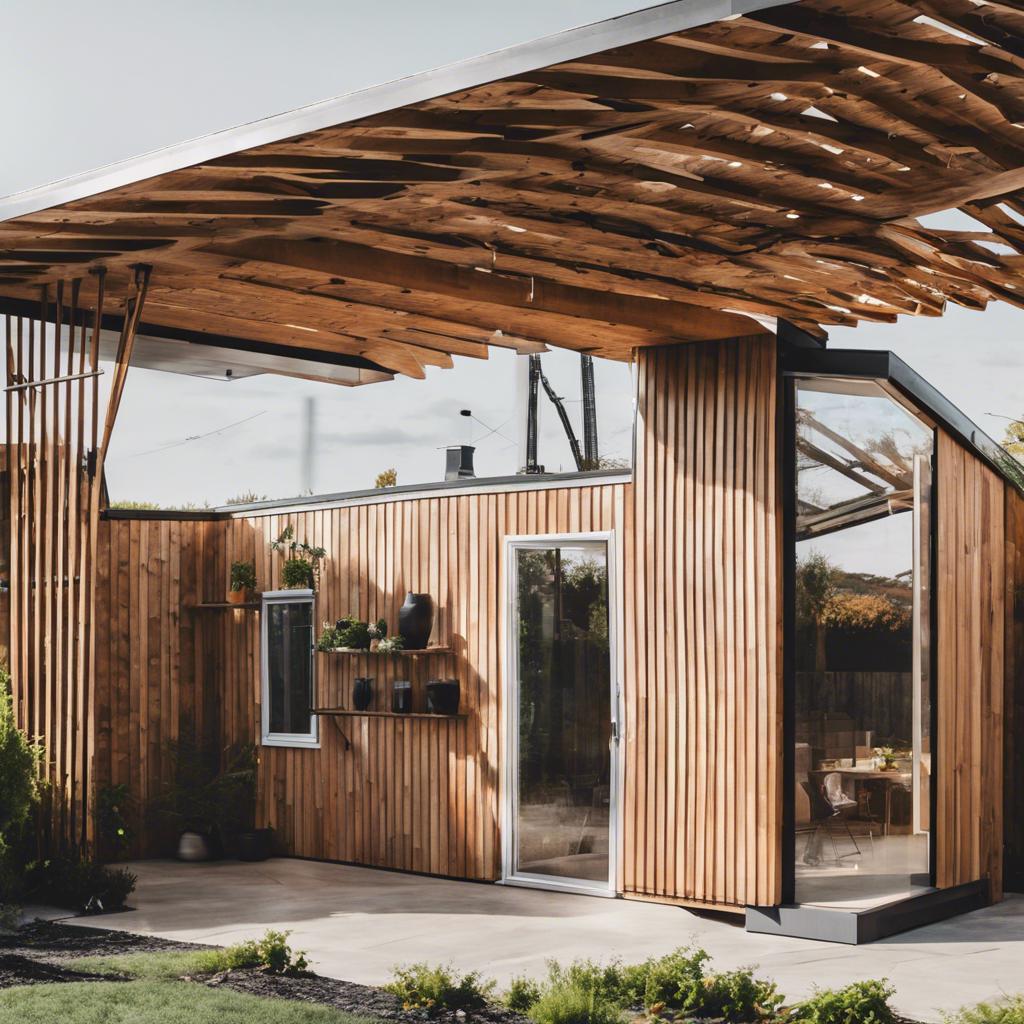
The future of shed architecture is an exciting and dynamic one, constantly evolving to meet the changing needs and desires of homeowners and designers alike. As we look ahead to the next decade, several key trends and directions are emerging in shed architecture:
-
- Integration of sustainable design principles, such as green roofs and solar panels, to create eco-friendly sheds
-
- Embracing minimalism and simplicity in shed design, with clean lines and open spaces
-
- Exploring innovative materials and construction techniques to push the boundaries of what is possible in shed architecture
Inspired by the rich history of shed architecture and the desire to create functional yet aesthetically pleasing structures, designers are constantly pushing the boundaries of what can be achieved in this field. By blending tradition with innovation, the future of shed architecture promises to be an exciting and dynamic one.
| Trend | Description |
|---|---|
| Green Design | Integration of sustainable principles |
| Minimalism | Embracing simplicity in design |
| Innovation | Exploring new materials and techniques |
“The evolution of shed architecture is a testament to human creativity and ingenuity, as we continue to push the boundaries of what is possible in design and construction.”
Q&A
Q: What is contemporary shed architecture?
A: Contemporary shed architecture is a design style that takes inspiration from traditional shed structures but incorporates modern elements and materials to create unique and innovative buildings.
Q: How has shed architecture evolved over time?
A: Shed architecture has evolved from simple utilitarian structures used for storage or work purposes to sophisticated, thoughtfully designed spaces that blur the line between indoor and outdoor living.
Q: What are some key features of contemporary shed architecture?
A: Some key features of contemporary shed architecture include sleek lines, minimalistic design, use of natural materials, large windows for natural light, and open floor plans that create a sense of spaciousness.
Q: What are some examples of contemporary shed architecture?
A: Examples of contemporary shed architecture include backyard studios, guest houses, home offices, and even full-sized homes that have been designed in a shed-inspired style.
Q: How has contemporary shed architecture influenced the design industry?
A: Contemporary shed architecture has influenced the design industry by promoting sustainability, creativity, and a focus on simplicity and functionality in architectural design.
Q: What are some challenges faced by architects working in contemporary shed architecture?
A: Some challenges faced by architects working in contemporary shed architecture include balancing aesthetics with practicality, creating structures that are energy-efficient, and integrating modern technology into traditional design concepts.
